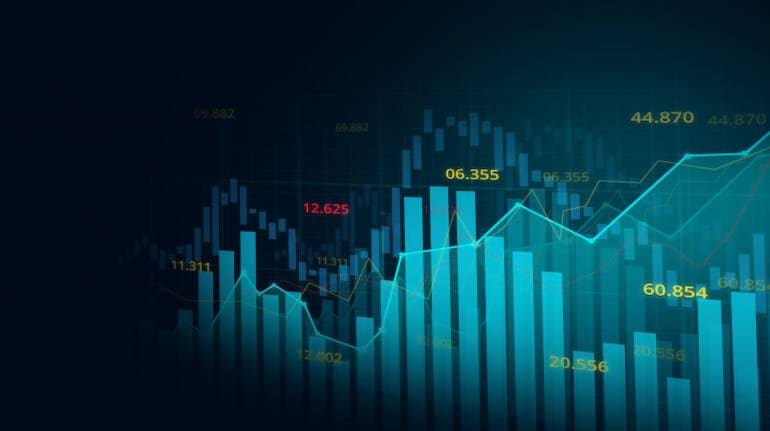http://sharetipsinfo.comJust get registered at Sharetipsinfo and earn positive returns

Indian stocks will continue to command value, perhaps even more than now, depending on the pace at which the real economy canters back to normal activity. Until that happens, the risk of an asset bubble will always remain.
Bloomberg Intelligence's strategists said these stocks are "very well aligned to a couple of catalytic events that the market is presciently sniffing out" like infrastructure spending, fiscal support to spice up consumption, and global tailwinds for exporters. (Representational image)
For the sake of study , it's sometimes useful to divide the economy into two slices: the financial sector and therefore the real sector. very often , the developments during a country’s stock markets function a harbinger of what could happen within the real economy.
The trends during a country’s equity markets are among the foremost noticeable markers in an economy. Indian markets have vaulted to a $3 trillion market capitalization last week. This begs the question: is that the real economy on the verge of a takeoff too?
Read Also: Advantages of Investing in the Stock Market
Let’s examine this.
Ceteris paribus, Latin for other things remaining an equivalent , is that the most elementary assumption in any economic modelling and analysis. as an example , the connection between demand and price of an honest .
The law of demand states that as price rises, the good’s demand falls. Likewise, as price falls, the number demanded increases. the connection is inverse, but only under ceteris paribus conditions, that's other things remain an equivalent .
But, what if the demand for a particular good goes up but its supply is restricted or constant? therein instance, the good’s price will start rising as people attempt to outbid one another to urge hold of the merchandise . Since supplies can't be replenished to satisfy the growing demand, prices will rise.
Who is driving the market rally?
That precisely seems to be playing call at India’s stock markets currently. Prices of mid-cap and small-cap stocks have fuelled the surge in record market capitalization .
Importantly, domestic institutional investors (DIIs), open-end fund and insurance companies are driving this rally, reflecting their optimism in these classes of shares when foreign institutional investors (FIIs) are moving out of Indian equities. for instance , in April and should , FIIs have net sold Rs 9,659 crore and Rs 3420 crore.
The demand for a stock price is, among other things, is additionally a function of the company’s growth prospects and what investors believe it. it might appear that Indian DIIs have firmly placed their bets on a category of small and mid-caps that has pulled the worth of Indian markets to above USD 3 trillion.
This, clear , appears to be a stimulating paradox. what's it that investors are seeing differently in Indian stocks that's not exposure within the real economy?
The paradox at play
Most of the country is within the midst of a lockdown of some nature. The 15-20 biggest cities that generate about two-thirds of India’s gross domestic product (GDP) in value terms still remain during a state of economic standstill.
The services sector, the strongest edifice of India’s real economy, remains during a state of inaction. There are fewer cars on roads. Restaurants, malls, shops have remained shuttered down for weeks on end.
Demand for non-essentials have remained tepid. The looming economic uncertainty has also prompted people to defer planned purchases. The lackluster activity within the property market may be a marker for these.
Car sales, too, will likely take successful as households hold on to new buys. Such goods, and assets like houses, are mostly bought through loans. Demand for such goods are determined not just by people’s current income but also their expectations about future earnings which will ensure confidence in their ability to repay debts.
With consumer confidence, at now , wobbly, if not plummeting, the important sector, then, is mirroring a special picture.
The key question is how long the investors’ confidence will last? the solution thereto lies within the real sector, which has quickly slipped from a pointy V-shaped rebound to a W-shaped fall.
Indian stocks will still command value, maybe even quite now, counting on the pace at which the important economy canters back to normal activity. Until that happens, the danger of an asset bubble will always remain.